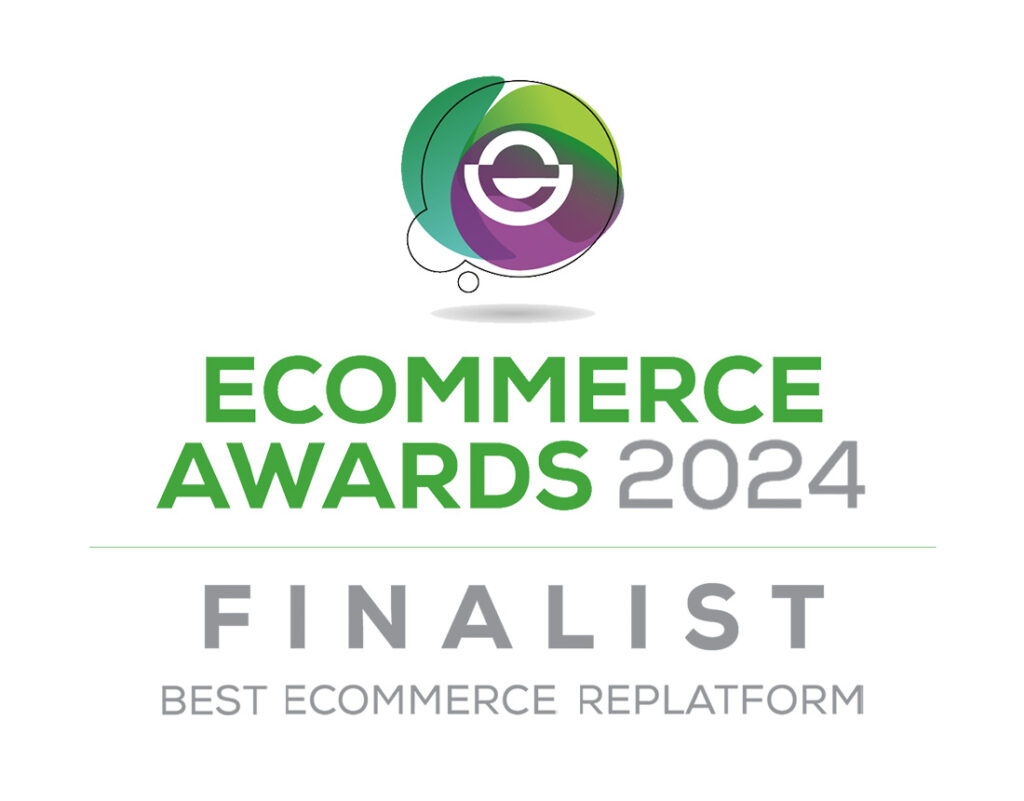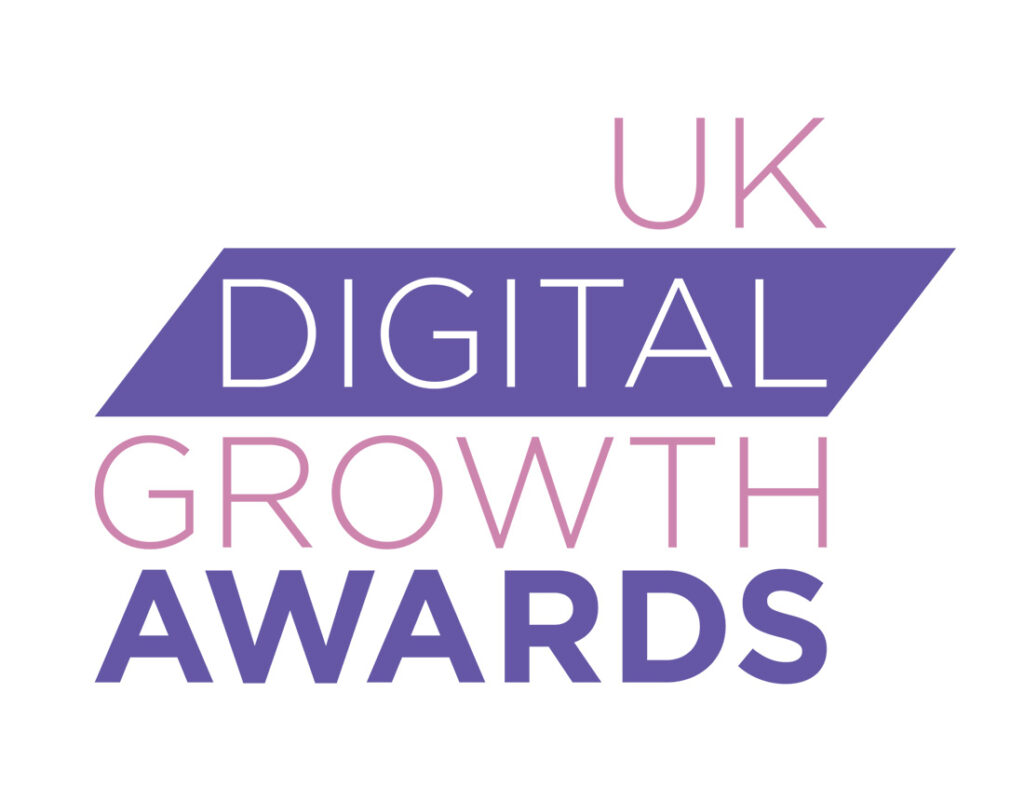Most business to business (B2B) ecommerce trends will focus on enhancing customer experience and convenience. As technology improves, previous trends will evolve further and B2B will continue to learn from business to consumer (B2C) practices.
Here
are some of the most influential trends to watch that will help your business
remain competitive in 2025:
- new levels of personalization
- voice commerce
- progressive web apps (PWAs)
- B2B marketplaces
- online reality
- sustainability.
New levels of personalization
Seven out of 10 business buyers say they want the same ease, convenience and engagement in their purchasing experiences that they enjoy when shopping online for themselves.
However,
they say that only a little over a quarter of companies deliver a high quality
B2B purchasing experience overall.
What
do you have to do to meet B2B buyer expectations?
- 72% of business buyers expect sellers to personalize their purchasing journey to meet their needs.
- 69% compare their experiences with Amazon-like shopping
- 67% have switched suppliers for a more consumer-like experience.
The covid-19 outbreak has accelerated the uptake of digital B2B buying; a trend which is expected to continue.
Combining
browsing behavior, order histories, demographics and other data collected
during each transaction, ecommerce sites will soon be able to deliver fully
customized online buying experiences.
Users
will see tailored product catalogs or even fully personalized websites, with
bespoke navigation and easy checkout processes to meet their needs.
This
will provide added value and convenience for your customers and will also
optimize your conversion rates and increase average order values.
At the heart of a truly personalized experience will be comprehensive integration with enterprise, logistics and distribution systems using flexible, scalable middleware and application programming interfaces.
Voice commerce
We are all familiar with voice-activated assistants like Siri, Alexa and Cortana. Voice search is growing in popularity and half of all online searches are probably now voice-activated.
Around one in five of us has made a voice-enabled purchase and another third say they are likely to use this method to make a purchase in the next year. Where B2C shoppers go, B2B buyers are very likely to follow.
However, there are security concerns that might slow down adoption of voice for larger business purchases. The latest ‘Reimagining Commerce’ report says that one in five customers are concerned about their data privacy and online security. This is believed to be one of the reasons behind a decline in voice-activated shopping this year. To capitalize on the potential of voice commerce, these concerns will need to be fully addressed.
Compared to B2C orders, B2B purchases tend to be more complex, but also more repetitive. While buyers will want detailed images and descriptions to explore new products and make the right choices, voice commerce has great potential to streamline repeat ordering, where buyers can quickly and easily place hands free orders and do other things at the same time.
Progressive web apps (PWAs)
With almost half of all searches being made using mobile devices anything that will improve your buyers’ experiences will be worthwhile. Progressive web applications (PWAs) are different from native mobile apps, which are built specifically for Android, IOS or Microsoft devices.
PWAs are websites that deliver a mobile app experience without the need to install
an app. They are designed to work across all mobile devices and operating
systems, making them easier to develop and maintain for sellers, and easier to
use for buyers. They are also fast and can be used offline.
Some B2B businesses have already decided that PWAs are the way forward and ecommerce software developers can start building the foundations for PWAs with single-page applications (SPAs) that load the information your buyer needs, rather than entire new pages from a server.
B2B marketplaces
Online B2B marketplaces like Amazon Business and Alibaba will continue to be important. They can be a good place to start for B2B sellers who want to test their products online or access international markets with little initial investment. More than seven out of 10 business buyers use them for research.
However, marketplace transaction fees will affect profit margins, and most don’t share customer information. For businesses that want to focus on customer experiences, selling via their own ecommerce portal will continue to be the longer-term aim.
According to Gartner, one trend to watch in the next few years will be organizations creating their own enterprise marketplaces. Some are already allowing third parties to sell through their platform to add value and stimulate growth. Specialized niche marketplaces in healthcare, fuel and construction, for example, can deliver a more tailored experience for buyers and provide sellers with access to a larger audience.
Online reality
Augmented and virtual reality (AR and VR) are already popular in B2C ecommerce to create engaging and immersive customer experiences. Although B2B buyers are looking for speed, simplicity and accuracy, AR and VR can help them to identify the correct products if they’re looking for spare parts or custom designs, for example.
Studies have shown that investment in both AR and VR is due to soar, with B2B being key to this growth. Sectors most likely to adopt the technology include manufacturing, industrial, construction, transportation and professional services. It’s predicted that 40% of all B2B online experiences will use AR or VR by 2022.
However, amongst the factors slowing adoption are the current quality of AR and VR experiences, development costs and the time it takes for create exactly the right experience. All this is set to change.
Sustainability
Millennial buyers are conscious of their personal and professional environmental impact.
We’re already seeing B2C ecommerce businesses moving towards circular and more sustainable operating models. For example, some highlight the impact of customer choices, such as same-day delivery or specific delivery time slots, which have a greater CO2 impact. This gives customers the option to reduce their own CO2 footprint and can also improve the efficiency of delivery for sellers.
B2B companies looking for a competitive edge will need to make sure that their buyers understand their intent to be ethical and their plans to be sustainable.
Increasingly, businesses must report on their emissions and other environmental issues. With the right system integration, you can reduce the environmental impact of your business and increase the efficiency and cost-effectiveness of ordering and fulfillment processes.
Find out how Cloudfy can keep you ahead of B2B ecommerce trends. Book a free Cloudfy demonstration today.






